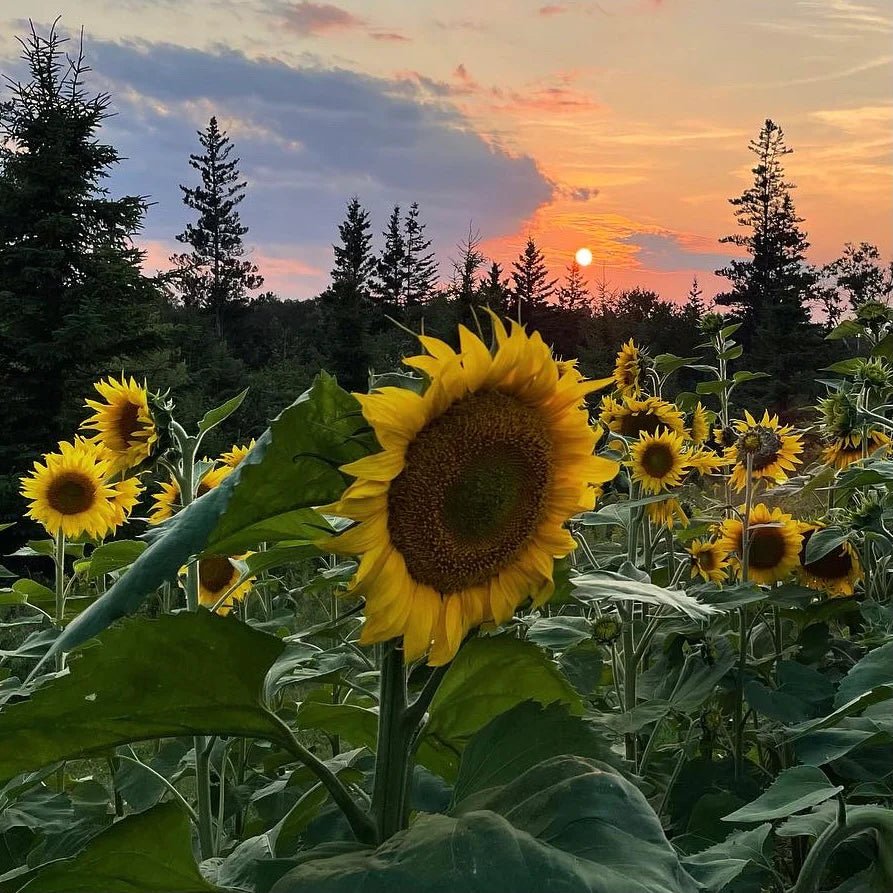Sunflowers: Unveiling Nature's Radiant Wonders
1. Versatile Utility:
Sunflowers have a rich history dating back 4,500 years, originating in North America. Their adaptability shines through, as every part of the plant - leaves, stalks, and roots - is edible. In fact, they were cultivated for food before corn gained popularity. They were milled into flour, roasted for seeds, and their oil was used for cooking. Even their pigments and stalks found applications in cosmetics and construction.

2. Cultural Significance:
Sunflowers made their way to Europe in the 1500s through Spanish explorers, becoming cherished decorative flowers. Their bright and sunny nature associates them with positivity, symbolizing happiness, warmth, luck, adoration, and friendship. They're ideal for celebrating joyous occasions or providing comfort during tough times.

3. Fascinating Behavior:
Sunflowers aren't just visually appealing; they exhibit captivating behaviour. As young plants, they follow the sun's path across the sky, thanks to their biological clocks. Once mature, they face east to attract pollinators. This behaviour is tied to their growth patterns and ecological strategies.

4. Mythology and Cultural Ties:
Greek mythology weaves sunflowers into the story of Clytie and Helios. Clytie's love for the sun god Helios led to her transformation into a sunflower, explaining why these flowers always face the sun. The ancient Inca people considered sunflowers a symbol of the sun and integrated them into their religious practices.

5. Impressive Size and Diversity:
While standard sunflowers typically grow to 6-10 feet in height, they can reach staggering heights of up to 30 feet. There are over 70 different species within the Helianthus family, native to North and Central America. Varieties extend beyond the iconic yellow blooms, including red and white variations, as well as unique shapes like the ruffled Orange Sun sunflower.

6. Environmental Pioneers:
Sunflowers possess an extraordinary ability to absorb toxins, including toxic metals and radiation, making them valuable tools for land recovery after disasters like Chernobyl and Fukushima. This quality stems from their 'hyperaccumulator' nature, which bolsters their resilience against herbivores.
7. Intricate Floral Composition:
Behind the appearance of a single bloom, sunflower flowerheads actually comprise up to two thousand florets. These tiny flowers brim with nectar, making them a favourite of bees and other pollinators. This intricate structure contributes to their ecological role and attractiveness to wildlife.

In essence, sunflowers transcend their role as ornamental flowers. Their journey spans cultural heritage, ecological marvels, and practical applications, making them a captivating subject of study and admiration.

